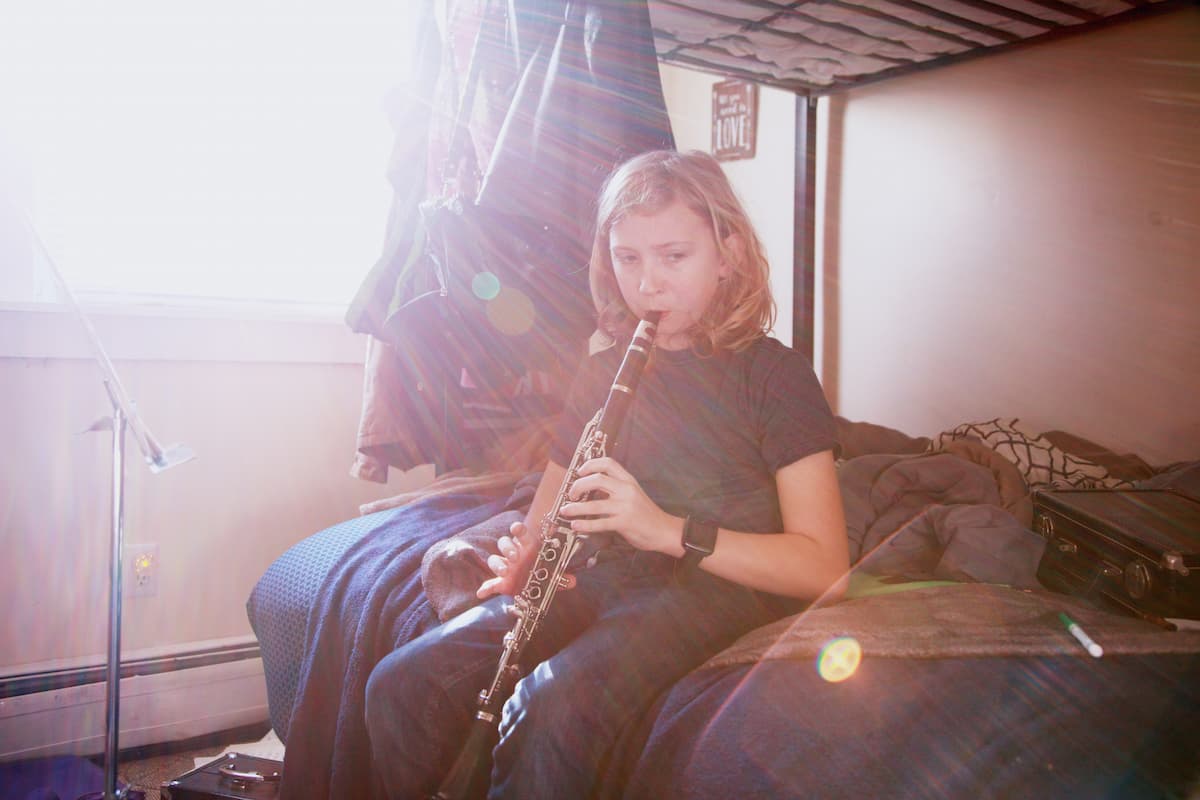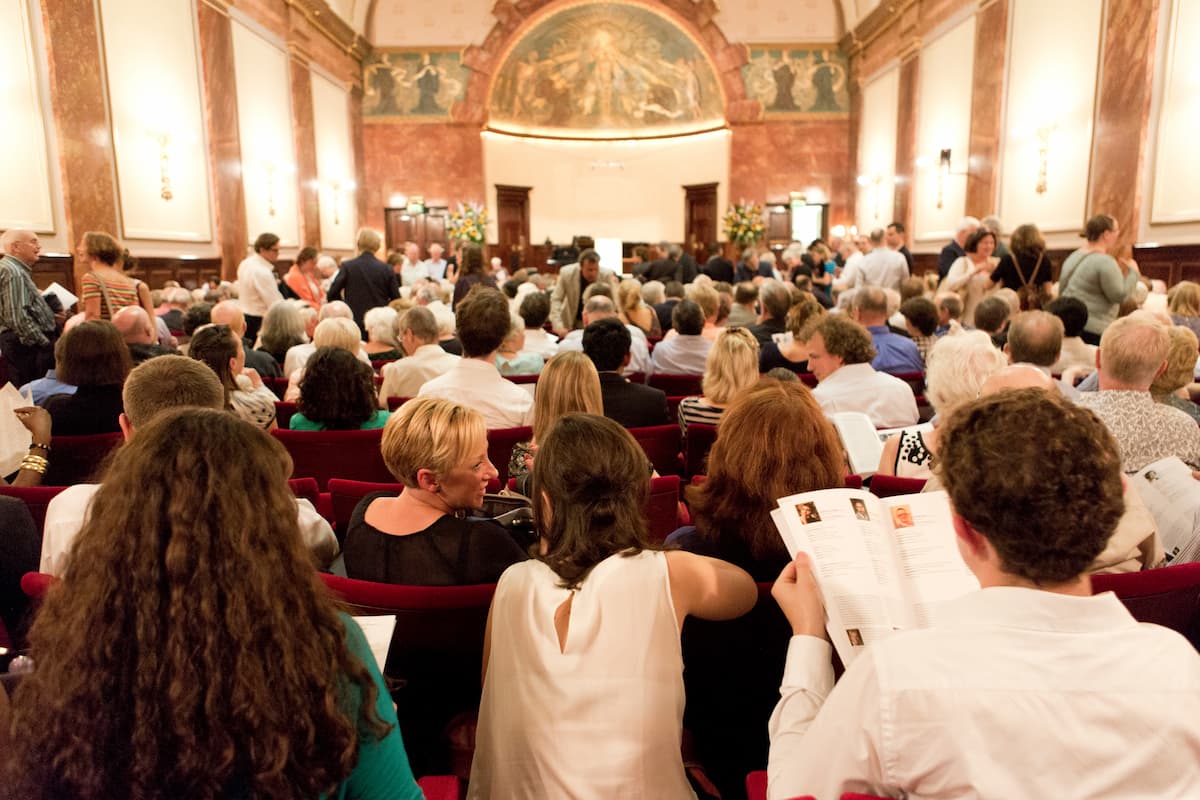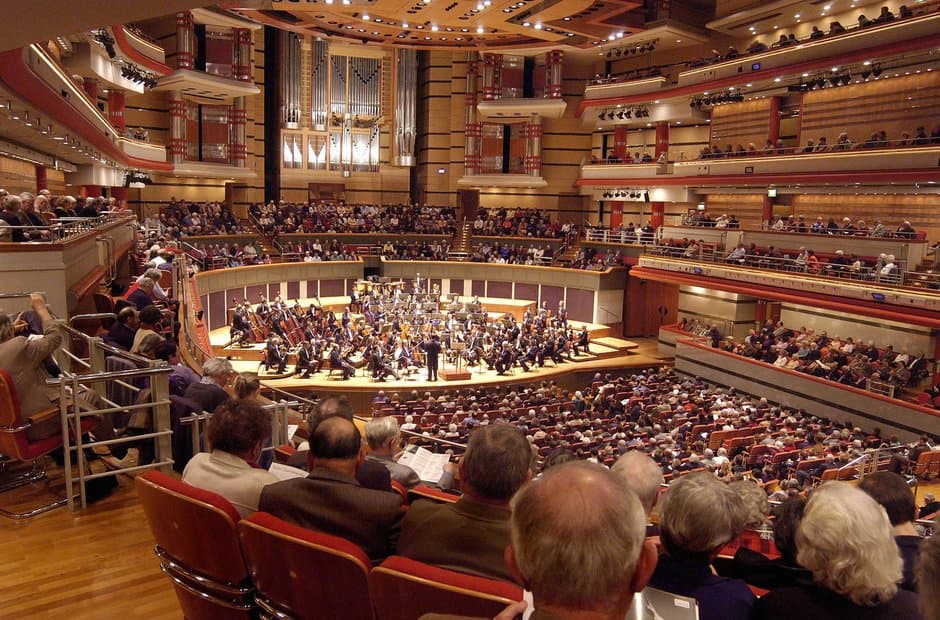I have always thought that the music I create could never be used as dance music. I hear certain slow pieces on the radio and think that there is no way anyone could choreograph movement to this near static music.
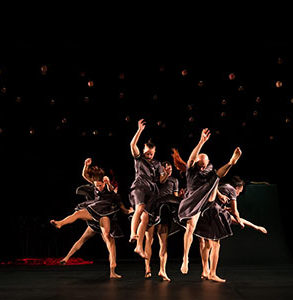
MN Dance Company performance © Damir Ipavec
Yet, I am constantly amazed at how choreographers can take a piece of well-known classical, pop or jazz music and create a dance sequence to it. What does this say about music? I know what it says about highly imaginative dance makers and dancers, but how can a piece of instrumental music with seemingly no connection to dance be turned into a dance piece?
I am fortunate enough to have an inside seat on how this process works; my partner is a contemporary dance teacher, among other things. She teaches at several arts and dance theatres around Australia. Her classes cover contemporary dance techniques, to Dance for Wellbeing and specially created dance for people with Parkinson’s disease.
A few years back I wrote an exercise in six movements to see what I could come up within the Cannon form. Having a penchant for keeping things symmetrical, it was written for string sextet as well, at 120 beats per minute (BPM). My partner heard one-piece, movement II from this suite that I titled One by One, and immediately knew it could be danced to. However, she also knew that it had to be slowed down to 60 BPM and it had to have a driving beat added so the dancers could situate themselves correctly to each phrase.
I thought, no way am I rearranging my music for this. I gave in. I created and added a driving beat on the marimba, slowed it down to 60 BPM, which extended its length to over five minutes from two and a half, and well, it changed the whole feel, the style and phrasing. But, it worked. It worked so well that now when I hear the original, I feel something is missing.
My partner titled her dance piece, Portraits of Us, and it was fittingly performed in the National Portrait Gallery of Australia for the 2018 National Dance Week.
Dance music is not what I always thought it was. And that is something in 3/4 time, which has been specifically composed to be used as dance music; how wrong I was. I go to a lot of dance performances, and my mind boggles at the diversity of music that contemporary choreographers use to create new works.
MN Dance Company is led by artistic directors Michal Rynia and Nastja Bremec Rynia. In their work, inspired by the song Land of All, performed by WOODKID, they used a piece from a soundtrack to create this stunning work. So, not only can dance music be specifically created, it can come from almost any genre to make something new.
In a dance work titled 9, by the TAO Dance Theatre of China, you can hear and see how well this chanting works for this contemporary dance piece. If you were to hear that music without seeing the dance, you would probably think that it was a piece of temple chanting, or something similar.
There is barely a country on Earth that does not have a dance company. The Iceland Dance Company performs some of the most visually stunning dance material. In Black Marrow by Damien Jalet and Erna Ómarsdóttir, the diversity of soundscapes and music they dance to is quite unfathomable.
India has many dance companies. And as you might expect, some use traditional music combined with fresh sounds to create their dances. Urshilla Dance Company blend the old and new to make something special. Their work titled Our Incredible India, is an eye-popping display of dance and athletic ability, and the music enthralling.
For an insider’s thoughts on how music can be adapted to dance, here is my partner, Jacqui Simmonds, talking about how this works.
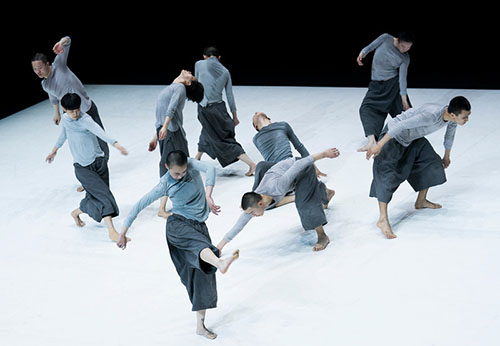
TAO Dance Theatre performs 9 © Alastair Muir
“In her classic text, The Art of Making Dances (1959), American dance pioneer Doris Humphrey urged her dance composition students to neither be a slave nor mutilator of music.
Over the last thirty or so years, my thinking about the relationship between dance and music has changed depending on the situation. I’ve asked tertiary students to dance in silence so they couldn’t rely on the music for rhythmic structure or dynamic range. For seniors, I’ve made dance exercises that closely reflect the music, offering a satisfaction of dance and music coming together as one, and with lyrics, if present, providing the stimulus for movement material.
Working with musicians, when I’ve been fortunate enough to do so, gave me a healthy respect for their artistry and an inclination not to ‘mutilate’ their music for my purpose. In choreographing a dance for performance, having chosen a pre-existing piece of music, it is my job as choreographer to build a relationship with it: anything from a close one, to allowing both works to simply exist in the same time and place, as per Merce Cunningham and John Cage”.
What Jacqui says, along with all the amazing contemporary dance works of the world, it has proven to me that all music is dance music.


